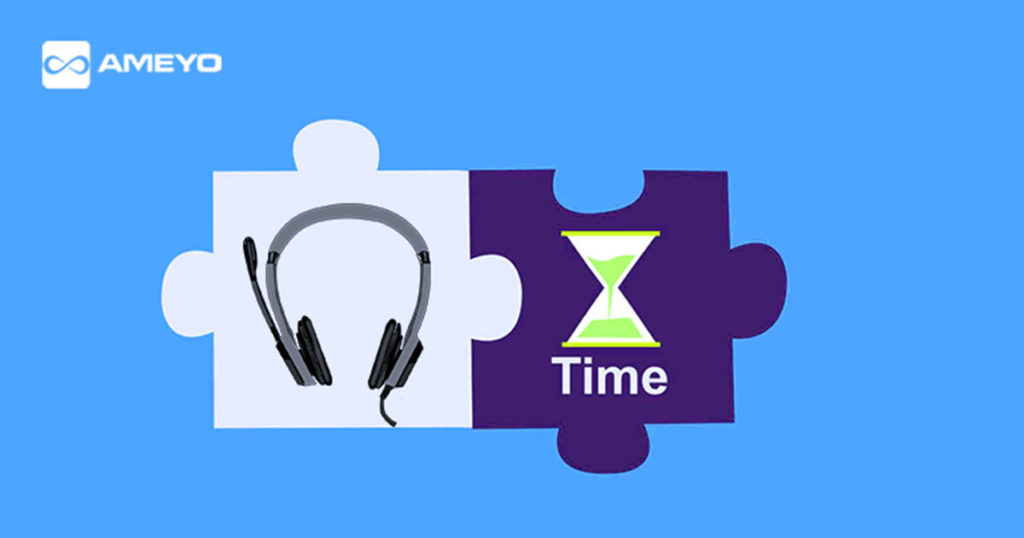What Exactly is First Response Time?
First response time is the most critical metric of great customer service. It is the time in which the customers receive the first response from the customer service agent after they submit a query.
While the other skills hold equal importance in place, providing response to customers in the shortest span of time is considered as one of the most essential skills. It especially works out for businesses where the long waiting time is resulting into higher customer frustration and increased churn rate.
How to Calculate Average First Response Time:
Importance of First Response Time:
Customers don’t like to wait in queue for getting their issues resolved. Long wait times are destroying the essence of super customer service due to which the rate of customer defection is increasing. Thus, organizations need to closely study their first response time by doing a 360 degree monitoring of each department related in solving a case registered.
First response time plays a crucial role in determining the levels of customer satisfaction. Lower the time taken to provide response to a query, higher the level of customer satisfaction. It is not important to walk aloof in the crowd, but what matters is the kind of bond that an individual builds with the crowd. Same stands true for organizations as well where budding bonds with customers can help in future revenue generation.
Organizations can create SLAs or time frames for different cases. This will hold reps accountable for getting back to customers within a reasonable amount of time. Managers with the help of SLAs can also monitor the performance of individual agents to ensure higher levels of efficiency.
Also, the organizations should start analyzing the trend of average first response time to check whether it is increasing or decreasing over a period. Organization can be in trouble if the first response time consistently keeps on increasing.
In the below graph, you can see that the average response time is more than the SLA target. This means that the organization is lagging behind solving cases on the first go, i.e., the time being taken by the agents to contact customers after the case is placed is much more than the decided time frame. On the other hand the median line is fairly below the SLA target. Any signs of median line moving above SLA would be an indicator of inefficiency to close queries.
How to reduce First Response Time?
If your organization is customer centric and is still thinking of ways to reduce the increasing churn rate, here is how you can rescue your customers from acute level of frustration:
1. Provide effective training: Contact center managers should make it a habit of regularly analyzing the time taken by agents to respond to a particular query. Working on the average first response time taken by each agent can be of great help as it provides a clear picture of the managerial skills being used by each individual. What managers can do as a measure to reduce the first response time is by creating a SLA and by closely investigating the SLA targets being met in the team.
On the basis of derived results, managers can train the agents lagging behind the SLA targets. Flexible training classes, suggestions, live demos can be provided according to the skills required for optimization of their workflow.
2. Become omnipresent: One of the most effective ways of becoming a super performer is by being present on all channels of communications. Organizations who are setting themselves apart from the crowd are the one working on their response time by effectively providing resolution on email, social media, chat, voice and SMS. Omnichannel communication has truly captured the heart of customer service as the organizations a real view of the entire customer journey, i.e, the point from they placed a query to the point when the query got resolved. Thus, providing agents the power to become omnipresent can surely help in decreasing the first response time within a flash of time.
3. Proactivity is the need of hour: Customer service agents can reduce the first response time by being proactive. They can analyze the buying behaviour and latest trends being followed in the market on the basis of which agents can design their service strategies to predict the requirement of the customers. Also, proactively going through the past history of the customer recorded in the CRM can be an additional donut for the agent. Agents can upsell and cross-sell with on the basis of the detailed analysis done before the call.
